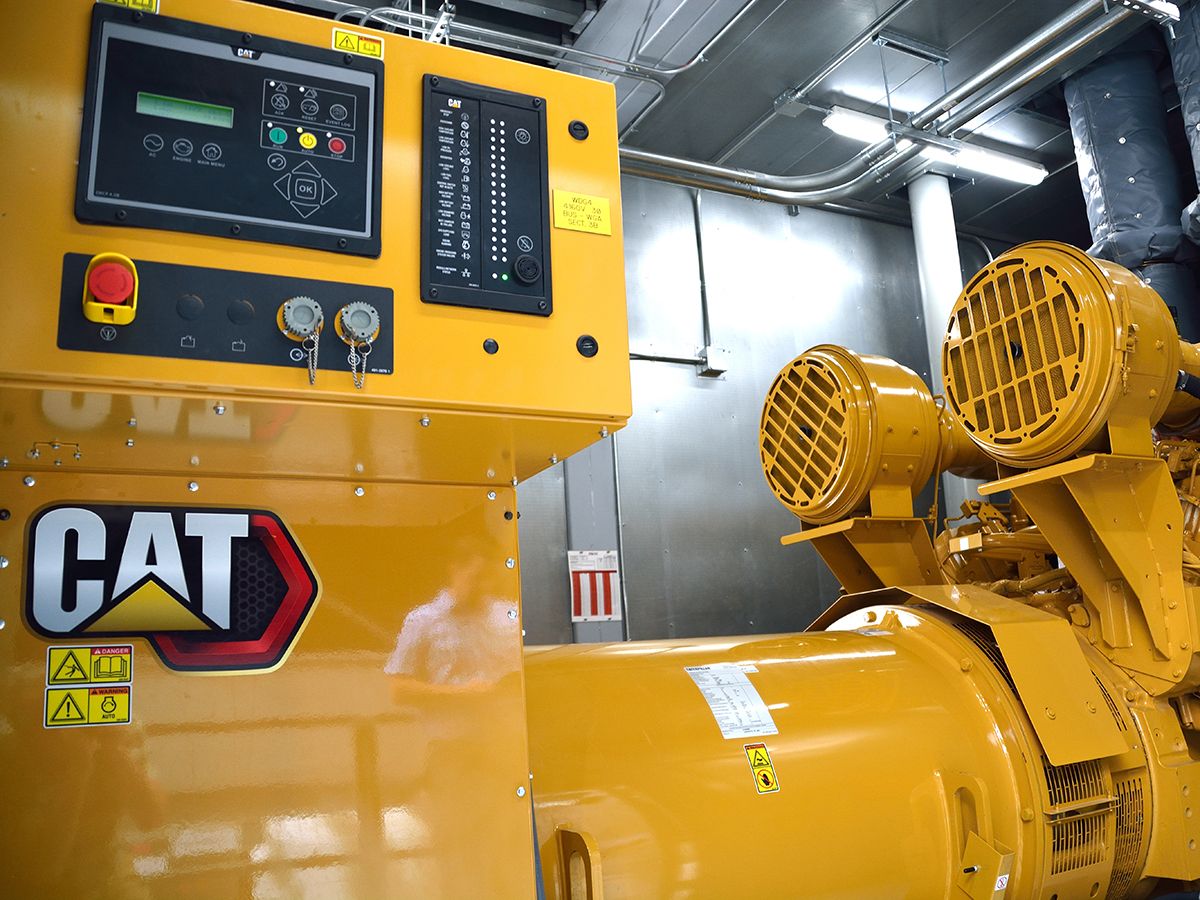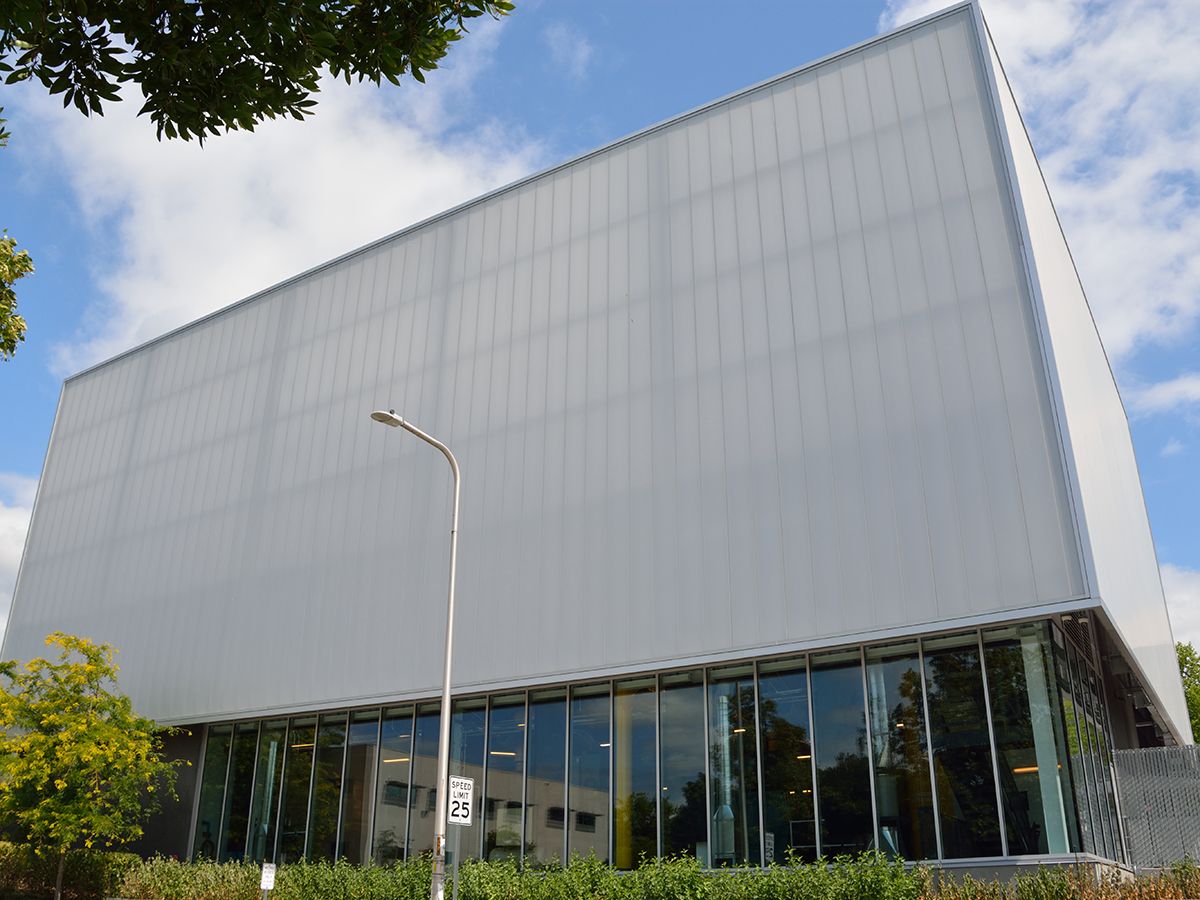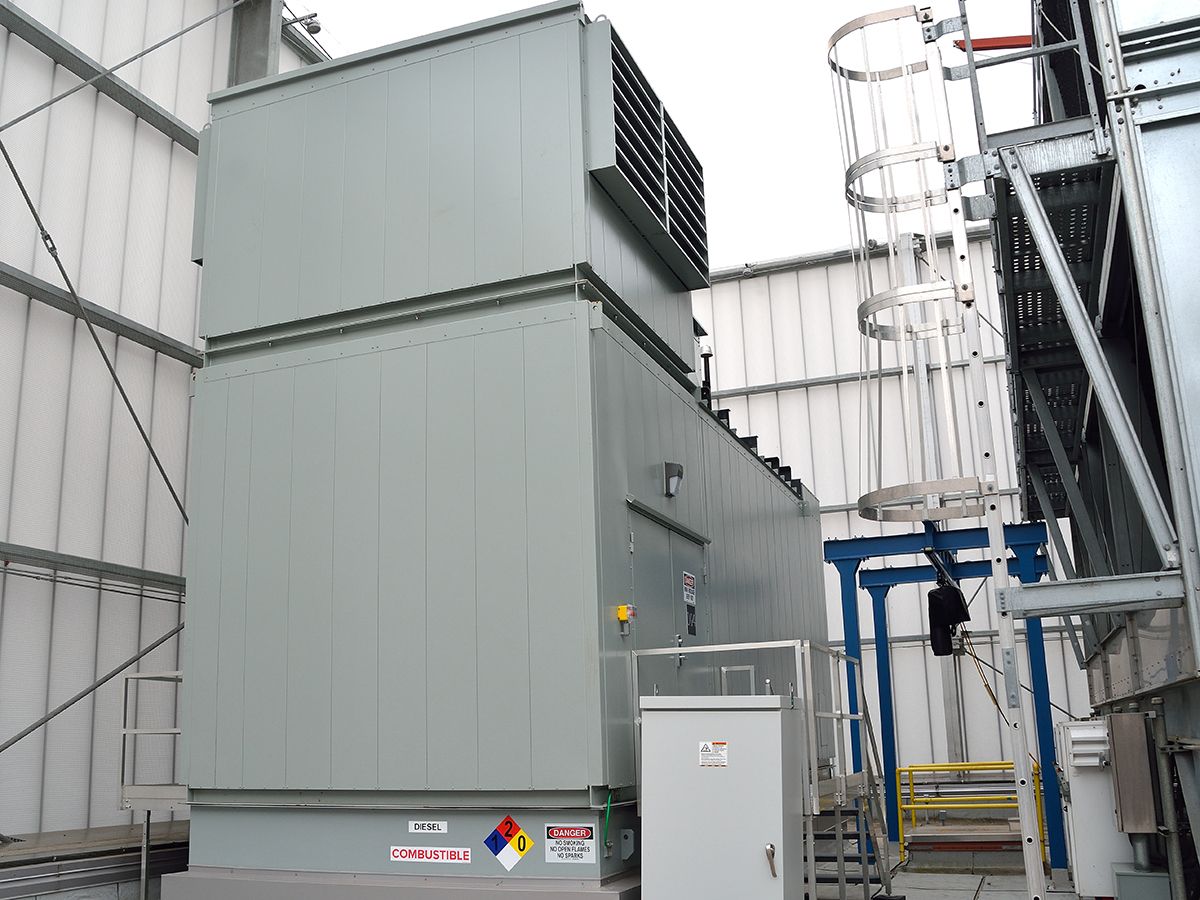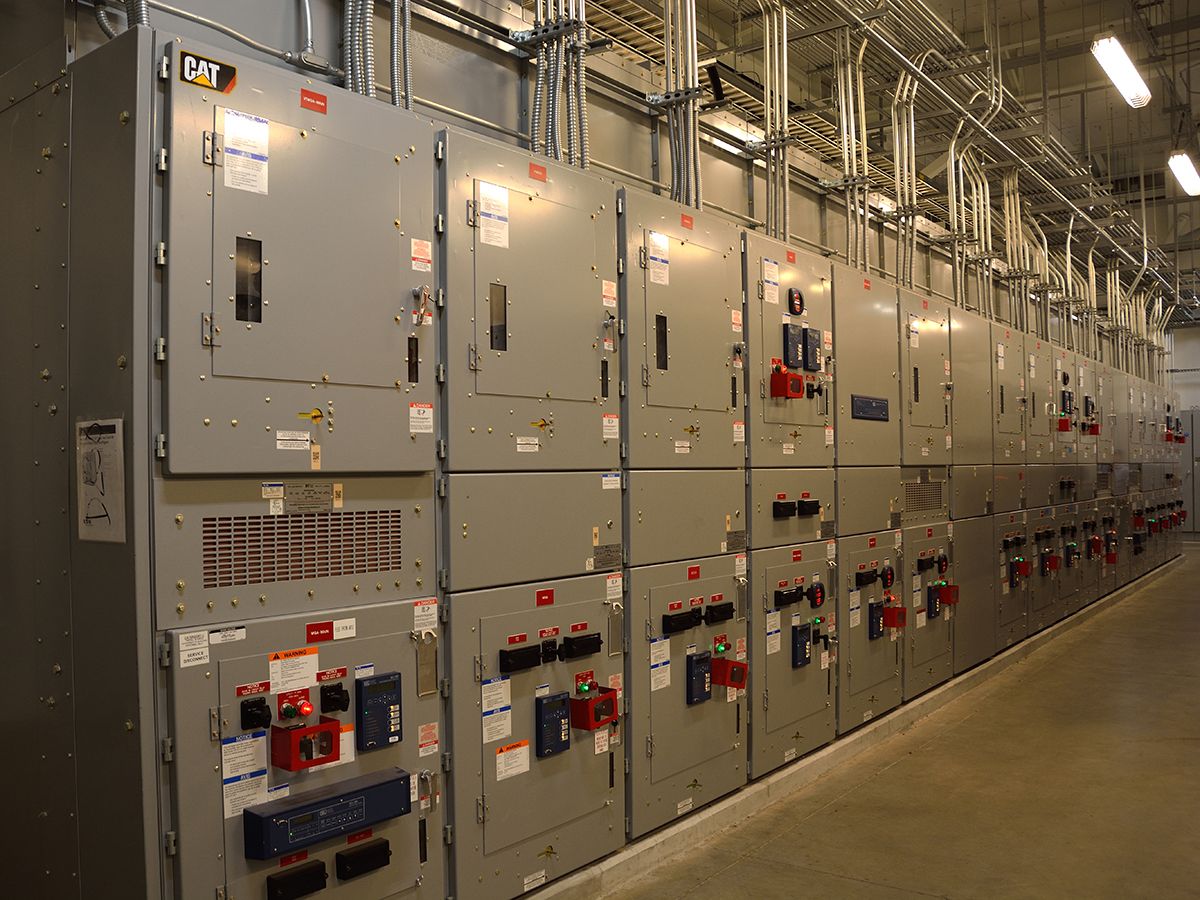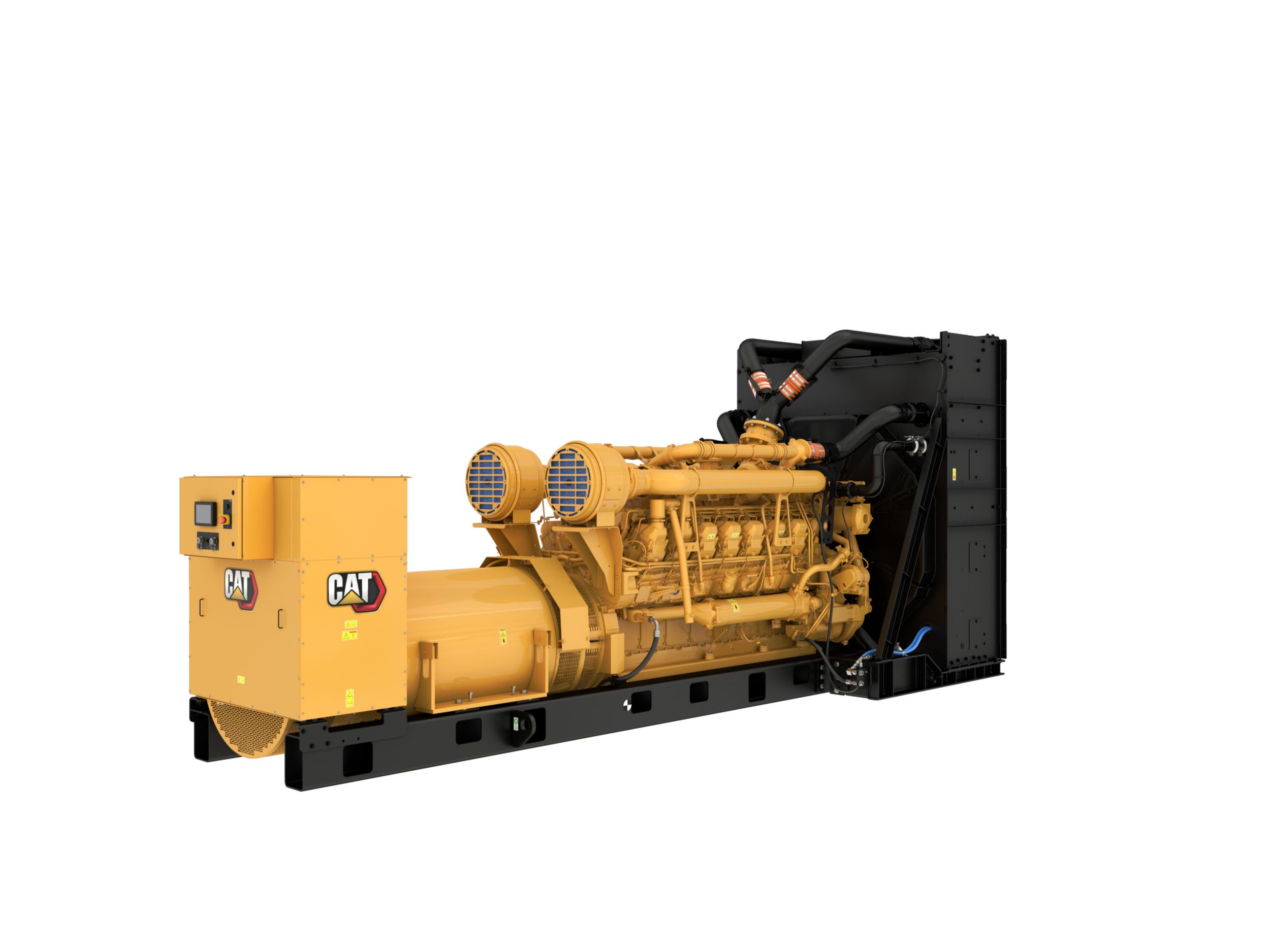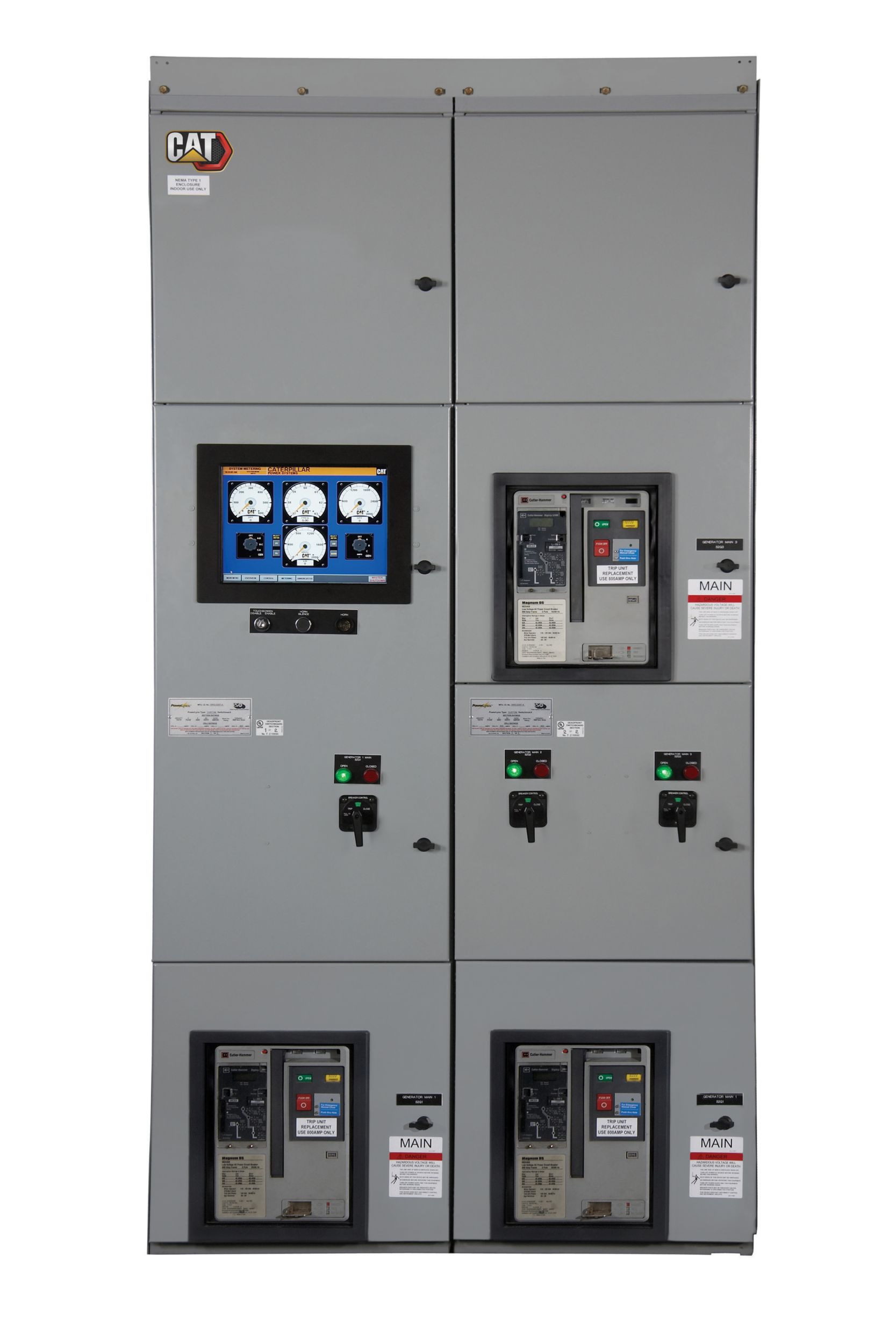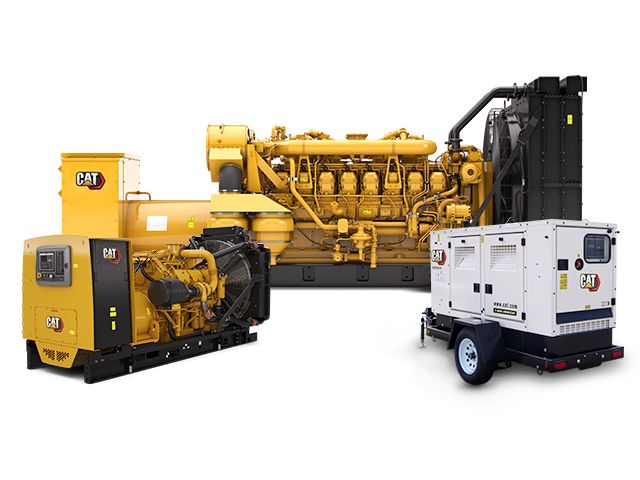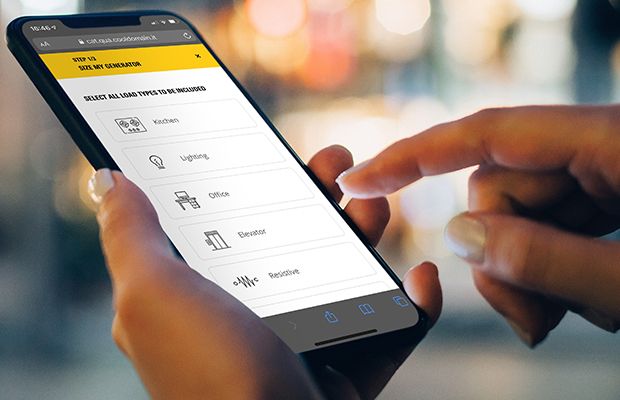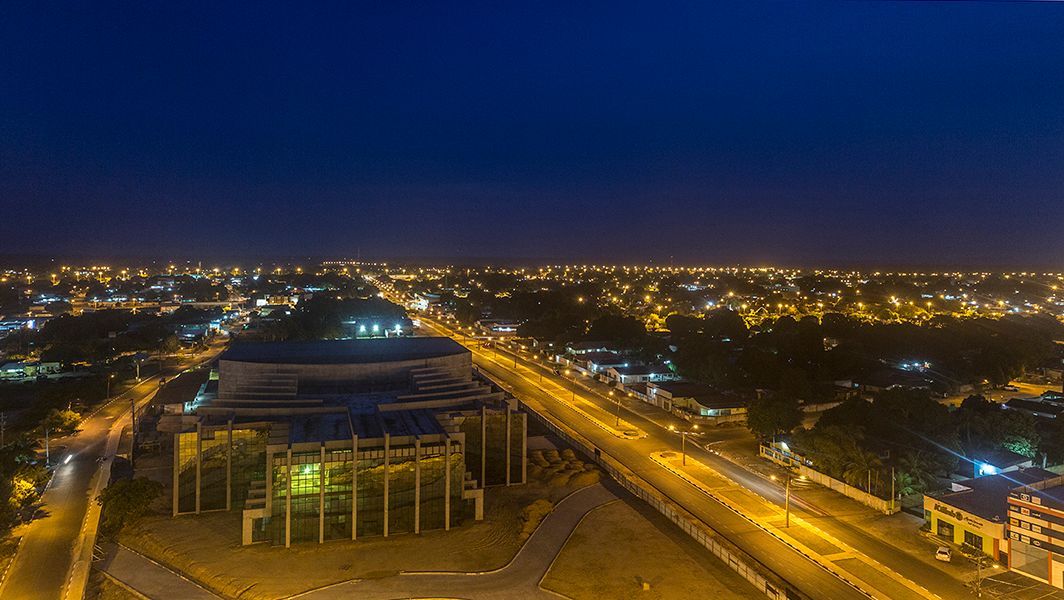POWER NEED
Constructed in 2017, the West Campus Utility Plant (WCUP) at the University of Washington (UW) provides chilled water and emergency power to the health sciences and other research facilities on the UW Seattle campus. The addition of the new utility plant was necessary both to increase chilled water capacity and to meet the growing emergency power demand of the campus.
Because a majority of the operations on a campus with 49,000 students are focused around research and incorporating education through research, the Campus Energy, Utilities and Operations (CEUO) department is responsible for providing uninterruptible and reliable emergency power and chilled water to all UW facilities. This includes the University of Washington Medical Center and the campus police station located next door.
The WCUP provides 4,500 tons of chiller capacity and eight megawatts (MW) of emergency electrical power and is expandable to 10,500 tons of chiller capacity and 12 MW of emergency power without modification to the building. Underground diesel fuel storage and 1,800 lineal feet of 22” chilled water pipe in existing utility tunnels were also included in the project.
In addition to providing utilities to critical parts of the campus, the 15,000-sq. ft. building also serves as a gateway of sorts to the southwest area of the campus.
In 2019, CEUO leadership sought to add another standby generator set to the existing lineup of three Cat® 3516C diesel generator sets housed in enclosures on the roof of the two-story building. The $2 million allocated for the addition of a fourth standby genset had to cover the cost of not only procurement, but also engineering and installation.
As an added design/engineering challenge, the plant required that the existing Cat switchgear, which controls the backup generators, remain fully operational during the installation phase.
Another challenge involved lifting the generator onto the roof of the building with a crane in a dense urban environment. And finally, the bulk of the project took place during the COVID-19 pandemic, which posed additional challenges with scheduling and permitting.
SOLUTION
Finding a way to fit the entire project within the budgeted amount was accomplished through cooperative purchasing. Faced with budget constraints, plant manager Ryan Trickett worked with a procurement specialist at the university who was most familiar with cooperative purchasing.
Aleksondra Jordan, a senior procurement and sourcing specialist with UW Facilities, recommended Sourcewell, a national organization
that helps governmental, education, and nonprofit agencies operate more efficiently through a variety of solutions. Sourcewell saves time and money by combining the buying power of more than 50,000 government, education, and nonprofit organizations.
“Sourcewell is a very useful tool that we use a lot here at UW, and it really turned out to be what made this project possible in the timeline that we needed with a product that we wanted,” Jordan said. “It saved us time. We didn’t have to do multiple bids or do a posting. We were able to easily read through the quote, and it included materials and installation. It really covered the entire project that we needed done here at our West Campus Utility Plant.”
Going this route enabled Trickett to procure the necessary equipment for the project in a highly efficient manner.
“Sourcewell provides some pretty good discounts on the equipment itself, but the big cost savings for us was the amount of time and effort it would have required to manage getting the project off the ground,” Trickett said. “And that’s a huge cost savings. Plus, it gave us the confidence that we were getting exactly what we wanted for this facility.
“We also saved on contractor markup because we didn’t buy the engine through the electrical contractor,” Trickett said. “We saved roughly another 10 to 15 percent on the cost of that unit alone because we bought it essentially customer-direct.”
Since the Cat dealer was also the installing contractor, CEUO was able to purchase customer-direct without the risk of an equipment coordination or delivery schedule mishap.
Beyond cost considerations, the project required a complex planning and design process to ensure that all the utilities remained operational and that backup power was still accessible in the event of an outage.
“The number one challenge we had was making sure that at all levels of the project—from the procurement stage all the way to final commissioning—that everybody understood this is a fully operational emergency power plant,” Trickett said.
“At all times, we provide emergency power or backup power to the campus, whether the generators are running or not,” Trickett said. “We’re providing chilled water service year-round for critical process needs we have on campus, so it was very important that the team understood the project needed to be done in such a way that at no time during installation was that service compromised.”
In a unique arrangement, Cat dealer N C Power Systems acted as the general contractor, which facilitated a team approach that led to a favorable outcome. Constant communication between the dealer, staff at the WCUP plant, and the electrical contractor was essential, Trickett said.
“When we met with the team at N C Power to talk about the scope of the project, early on we had the discussion about the critical nature of this plant, that Caterpillar switchgear was already here, and that my need as an owner was to have a very streamlined and efficient turnkey project that would meet the schedule and the budget.”
Based on those discussions, N C Power Systems took on the role of general contractor and vetted the selection of OEG, Inc. as the electrical contractor.
“From the very beginning, they were asking us detailed questions directly, such as, “What do you think about cable routing? What about cable sizes? ...things like that,” Trickett said. “So, it was a very flat communication structure where it really felt like we were one family, one team with a shared mission to accomplish.”
For Jesse Reyer, a vice president with OEG, the bottom line was to avoid causing any loss of power during the project.
“For us it became a much larger scale project than what we would do as a traditional electrical contractor,” Reyer said. “And the more we looked into it, we thought that this is a pretty exciting project and we can figure this out.
“We knew that whatever we did, we could cause no shutdowns,” Reyer continues. “We also have the campus police station right next door and a church on the other side of it. So, we had to play really nice with the neighbors. We had three different crane picks out here hoisting materials and then our large crane hoisted the generator onto the roof.
“So, we had to navigate all of that with the neighbors here and get the appropriate street use permits, and all of this occurred during the pandemic. It was a matter of reaching out and trying to get people engaged at a time when everybody is working remotely. In the past, some of those things would take a day or two, and now they’re taking literally weeks to overcome. Probably our biggest challenges were the logistics and coordination with other parties involved.”
Based on the aggressive timeline, OEG pushed ahead with gaining electrical permits and documenting its work through third-party inspections. A week before the generator was installed, Reyer finally received a call from the City of Seattle, which was ready to conduct a pre-intake appointment—a process that normally occurs at the start of the project. Fortunately, the city expedited the construction permit because OEG had done everything right and documented it through inspections.
RESULTS
The lift came off without a hitch in December, and thanks to careful planning, no shutdowns occurred. The new Cat genset received final commissioning in March 2021.
“In conjunction with N C Power Systems, we delivered a very good project, and most importantly we had a happy client at the end of the day,” Reyer said. “I believe we met all of their expectations—we didn’t drop the ball.”
The selection of a Cat generator set to supplement the other three units was based on a history of other Cat units performing well elsewhere on campus, according to Mark Kirschenbaum, assistant director of Campus Utilities.
Before he started with UW in 1995, there was an existing 6 MW Cat diesel generator installation at the central UW Power Plant.
“Everything was performing exactly the way it was meant to, so when it came time to expand, there was really no question that we wanted to maintain the same look and feel, so we pushed for and got permission for two more Caterpillar engines. It’s now a 10-megawatt plant that’s been running successfully since 2004.”
Five years ago, as part of the buildout of the WCUP, Cat diesel generators were the preferred choice, Kirschenbaum said.
“Why would we want a different brand of engines? We were familiar with the 3516 series. They perform exactly the way we want them to, and they are relatively low maintenance.”
In his previous job, Kirschenbaum worked as a chief engineer on diesel-powered ships.
“I remember those little Cat generators always did their job,” he said. “I was used to much bigger engines, but coming to work here at the power plant, I immediately gravitated to the diesel generator room. It was like, ‘Oh yeah, this is what I’m familiar with.’ The Cat engines are bulletproof—they run. What more can you ask for? I saw no reason to change that, so we kept going with them.“
N C Power Systems handles all of the scheduled maintenance on the engines and performs any needed repairs.
“Given the type of systems and equipment that we run, we are expected to be operational at all times,” Trickett says. “So, it’s very important to us to have a dealer like N C Power Systems who is responsive to all of our needs and is timely with regard to corrective items as well as meeting the schedule for preventative maintenance items.
“Having that trust and reliability with the local dealer is very important to us, and we know we can count on them.”
Download the Power Profile



